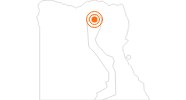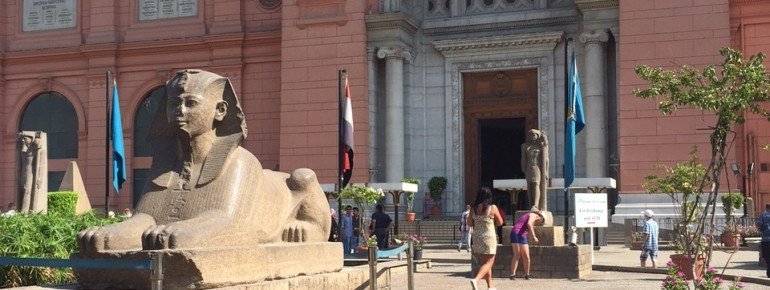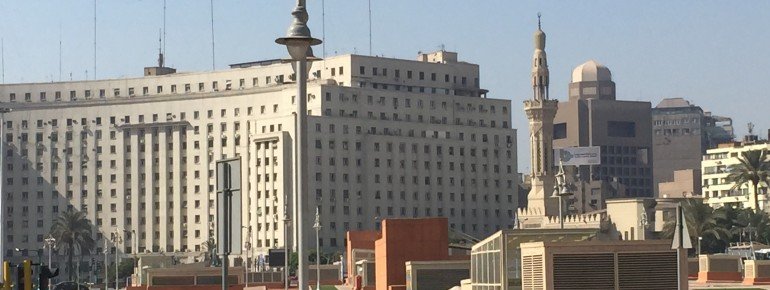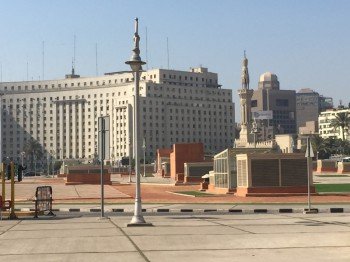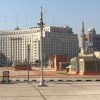Contents
Description
The Egyptian Museum in Cairo is home to the largest collection of ancient Egyptian art and cultural objects in the world. It is located on Al-Tahrir Square in the center of the city. Opened in 1902, the museum is run by the Supreme Council of Antiquities of the Arab Republic of Egypt.
Exhibition
At the time of its opening, the Egyptian Museum housed around 50,000 exhibits. Today, over 150,000 artifacts can be viewed here on two floors and in over 100 halls. The objects on the first floor are arranged chronologically by era and range from the Predynastic period to the Greco-Roman period of Egypt. In addition, finds from the tombs of the Nubians, who settled in southernmost Egypt below the city of Aswan, are on display.
The upper floor houses the collection from the New Kingdom period. This is also home to the Egyptian Museum's most famous exhibition: Tutankhamun's tomb treasure from the Valley of the Kings near Luxor. This area of the museum alone contains over 1,700 exhibits, from magnificent jewelry and alabaster figurines to furnishings and even carriages. The absolute highlight is the golden death mask of the pharaoh.
Museum storage
The basement and second floor of the museum are not open to the public. Numerous other finds can be found here, from coffins and mummies to ceramics, sculptures and reliefs. There is also a DNA laboratory for examining mummies in the eastern part of the basement.
Library
A museum library was also founded in 1902 and is now regarded as the most important library on the culture of Ancient Egypt. It contains around 42,500 books on the subjects of history, literature, mathematics and art. However, only employees of the Highest Council of Monuments are allowed to borrow the books. Researchers and students of Egyptology can also read within the library area.
Historical Information
Foundation and development of the museum
To prevent further looting of archaeological cultural assets, the Egyptian government founded the Service des Antiquités de l'Egypte in 1835. This resulted in the first collection of ancient Egyptian finds, which were initially housed in Esbekiah Park in Cairo and later in the Saladin Fortress. A new museum was opened in Bulaq in 1858. Many objects were destroyed or stolen during a flood in 1878, which is why the collection was moved to the Giza Palace two years later. On April 1, 1897, the foundation stone was laid for a new museum, which was opened on November 15, 1902.
Significance of the Egyptian revolution for the museum
During the Egyptian revolution in 2011, a total of 54 objects were stolen and numerous others damaged. Of the stolen exhibits, 25 were recovered and restored by 2013. While the museum was visited by around two and a half million people a year before the revolution, visitor numbers fell dramatically after the revolution. In general, tourism in Egypt has been in an unprecedented crisis since the revolution.
Interesting facts
- Egyptian Museum is among the 3 best rated Tourist Attractions in Egypt.
How to get there
The Egyptian Museum is located directly on Al-Tahrir Square in downtown Cairo. Cross the Nile via Qasr al-Nil or the 6 October Bridge and follow the signs.
